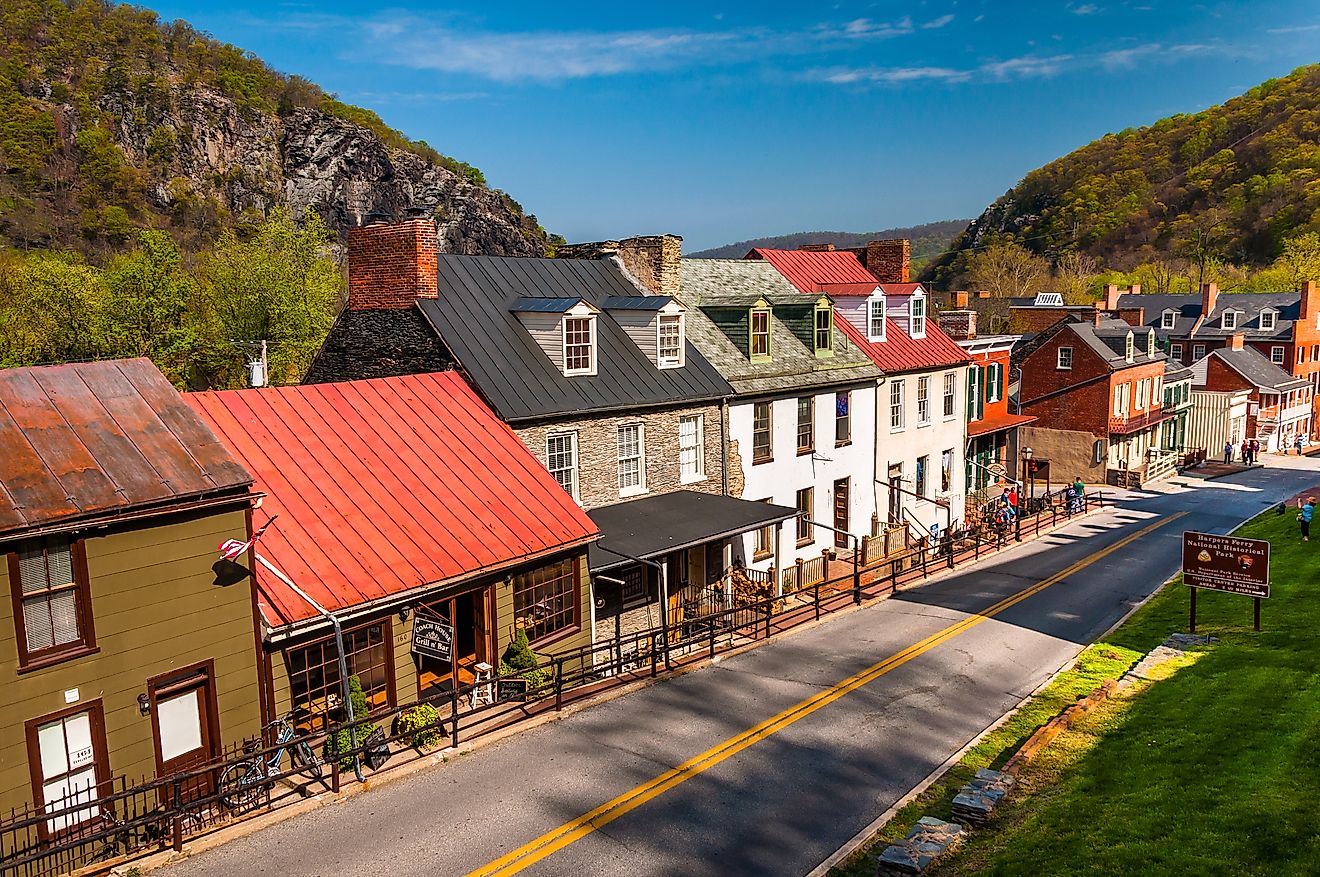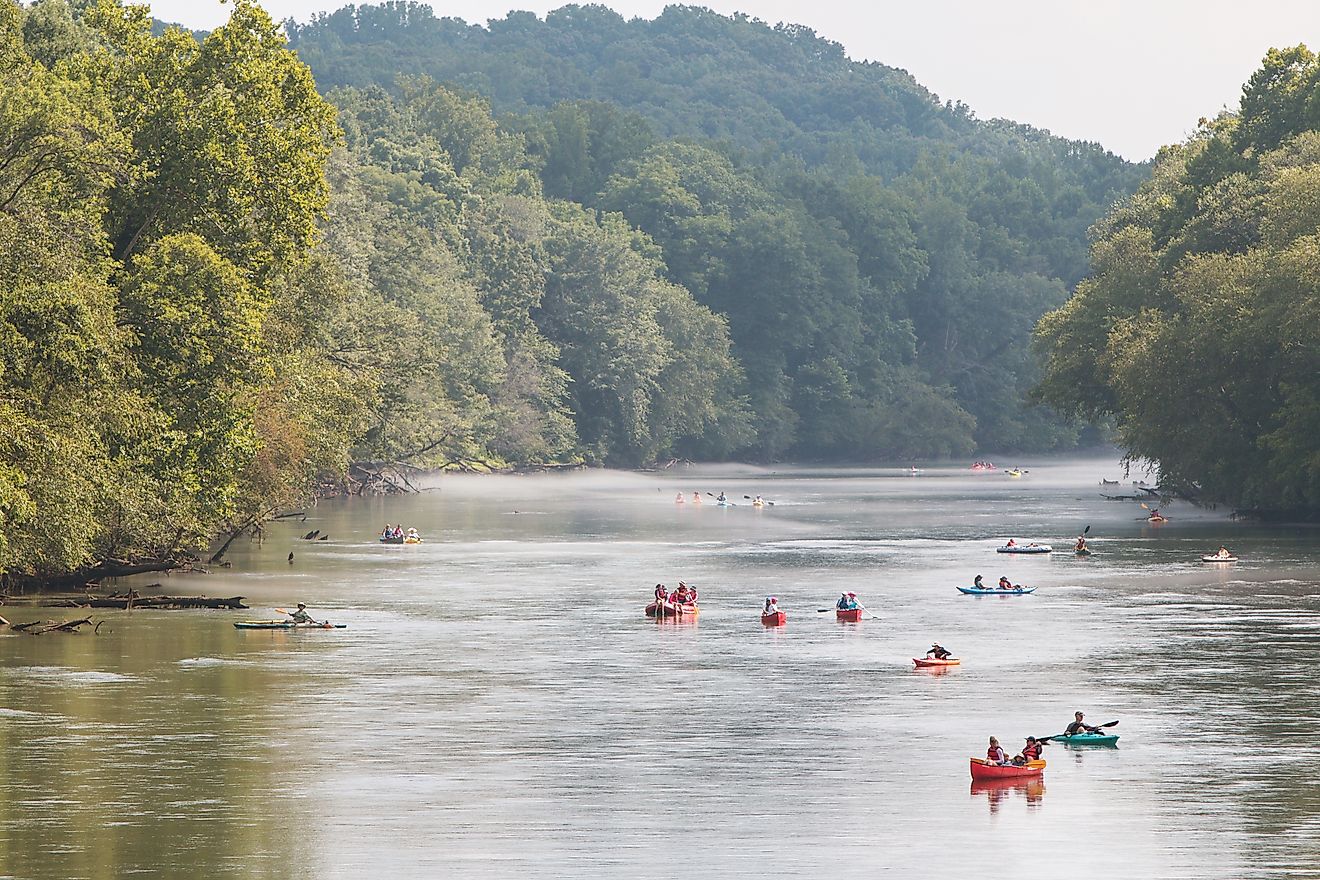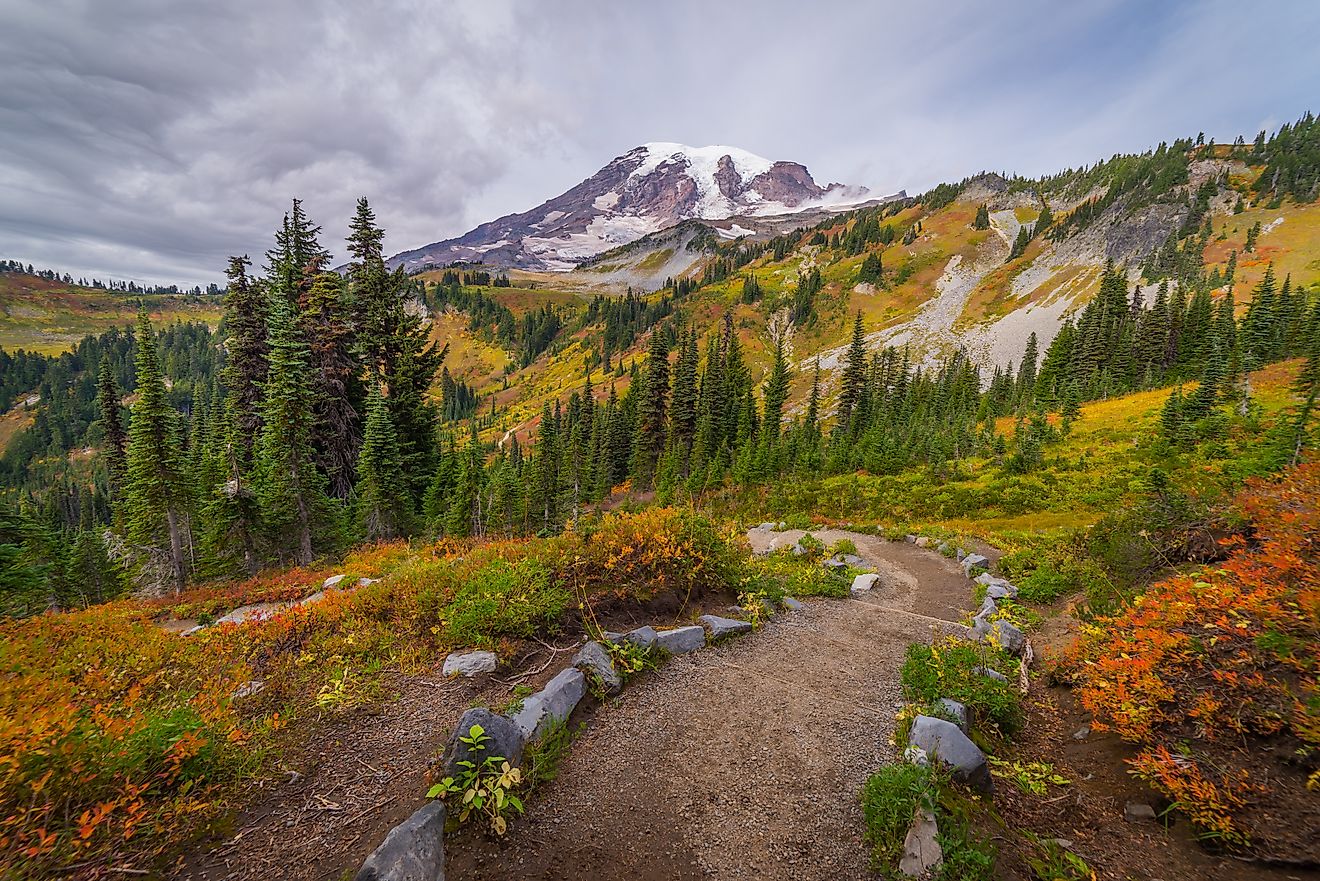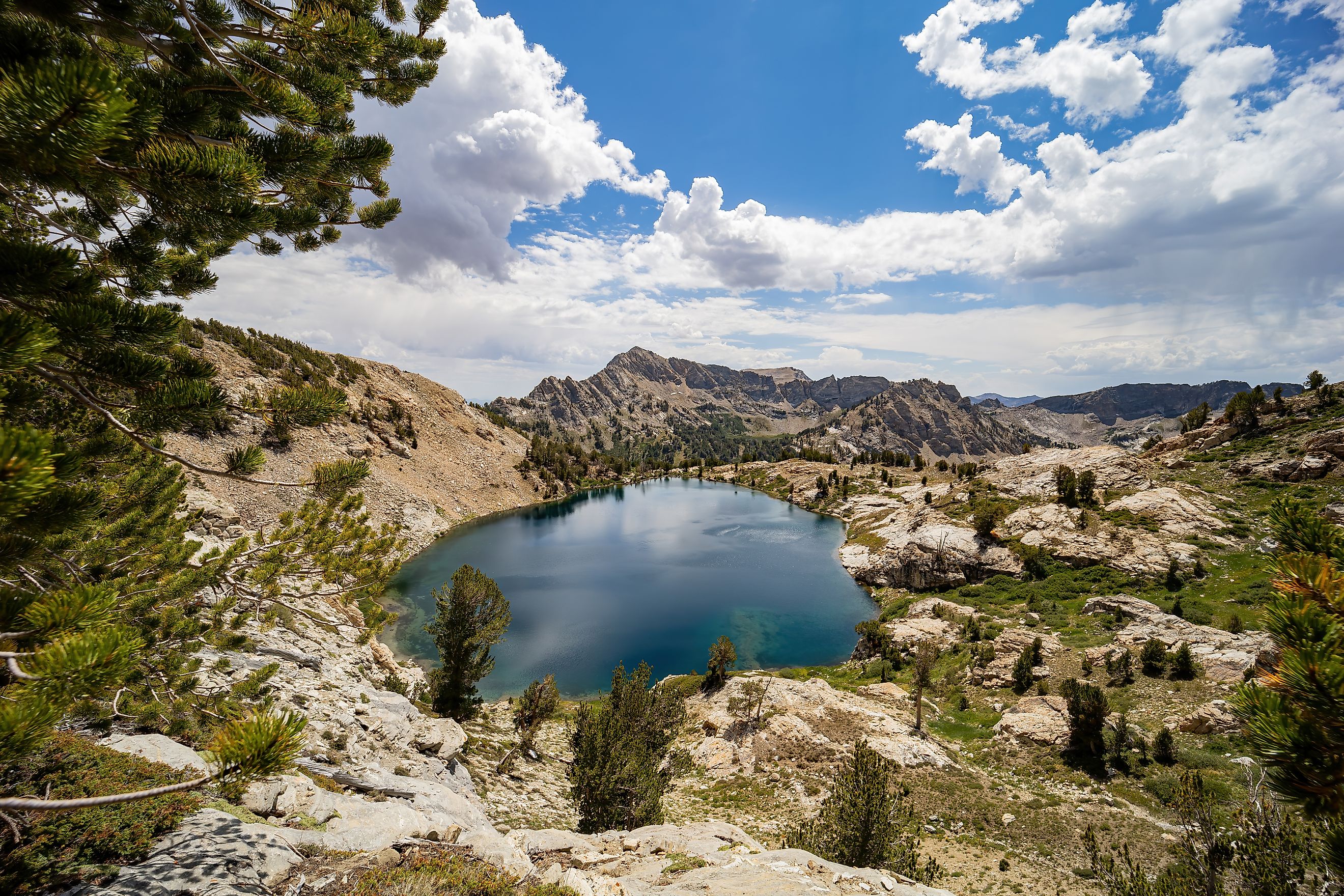
Hidden Mountain Ranges You’ve Probably Never Heard Of
America’s mountains are more than just the towering Rockies or the iconic Appalachians. Scattered across the United States are lesser-known ranges that hide in plain sight. These are places where rugged peaks, remote trails, and untouched wilderness still exist without the crowds. These hidden mountain ranges often get overlooked, but they offer dramatic scenery, geological significance, and a rare sense of solitude for those willing to seek them out.
Whether you are a seasoned adventurer or a curious traveler looking for your next off-the-beaten-path destination, these under-the-radar ranges might just be your next great escape.
Pine Valley Mountains, Utah
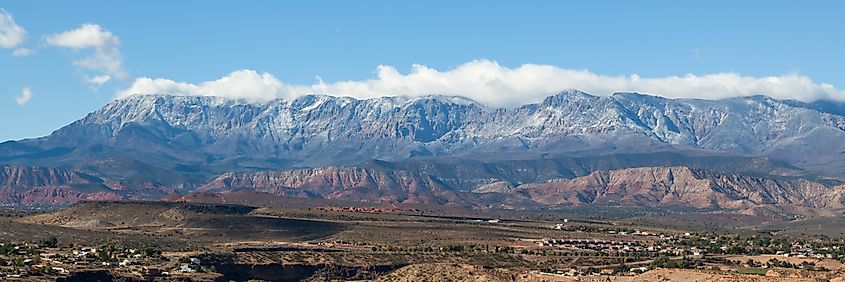
Highest Point: Signal Peak (10,365 ft)
Region: Southwestern Utah
Just north of St. George, the Pine Valley Mountains are a striking yet overlooked range in the heart of Utah’s desert country. These peaks rise abruptly from the surrounding red rock terrain, offering a surprising contrast of alpine forests and volcanic cliffs.
Despite being located near major tourist draws like Zion National Park, the Pine Valley Mountains see relatively few visitors. The range is part of the Dixie National Forest and features scenic trails that meander through aspen groves, wildflower meadows, and lava fields.
Fun Fact: This range was formed by a massive laccolith, a dome-shaped intrusion of magma, making it one of the largest laccolithic mountains in the United States.
Tushar Mountains, Utah
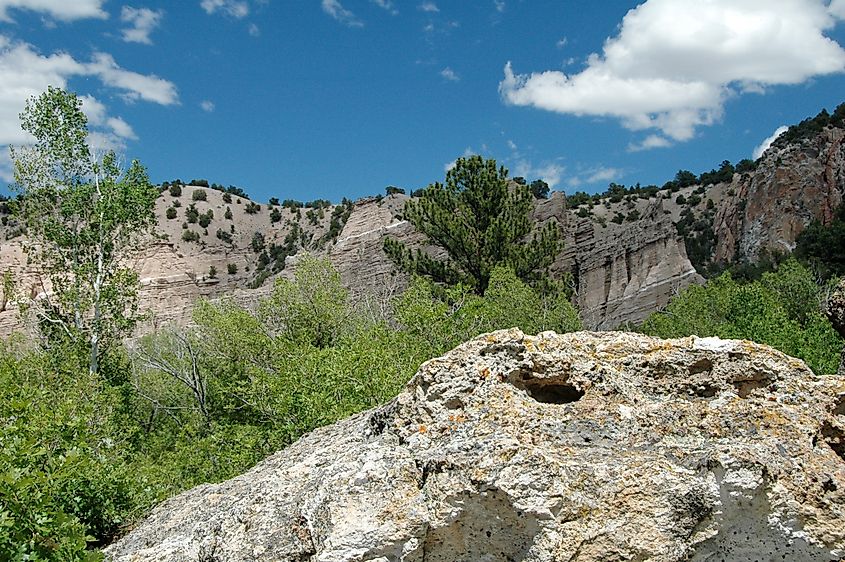
Highest Point: Delano Peak (12,174 ft)
Region: Central Utah
Another Utah gem, the Tushar Mountains lie east of Beaver and are part of the Fishlake National Forest. With peaks over 12,000 feet, the Tushars are the third-highest mountain range in Utah, yet remain largely underappreciated outside of the state.
Unlike Utah’s better-known desert formations, the Tushars are alpine in character. You will find high meadows, cascading creeks, and herds of mountain goats, along with hiking and off-roading trails that rival those in more popular regions.
Volcanic origins give the Tushars a unique topography. In summer, wildflowers explode across the slopes. In winter, the area hosts Eagle Point, one of Utah’s most remote ski resorts.
Cabinet Mountains, Montana and Idaho
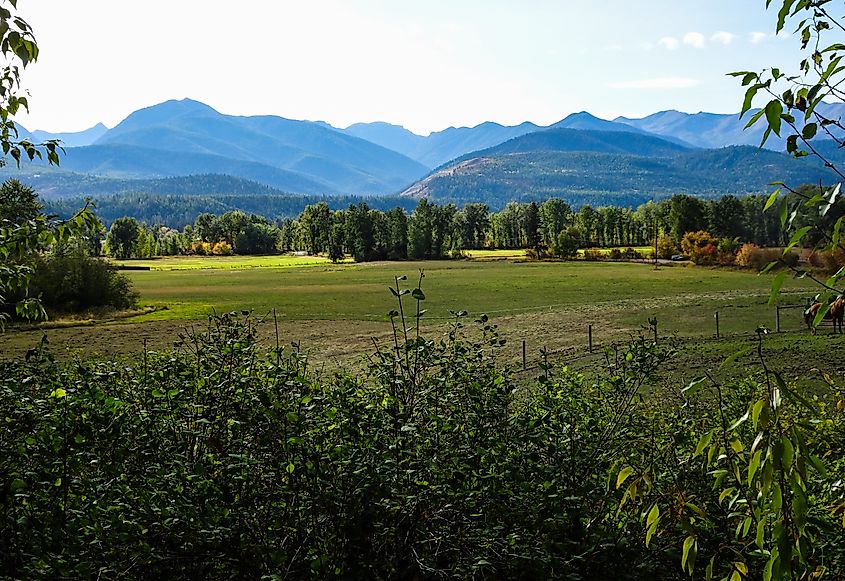
Highest Point: Snowshoe Peak (8,738 ft)
Region: Northwestern Montana
The Cabinet Mountains are a wild and remote subrange of the Rocky Mountains tucked away in the northwestern corner of Montana. Dense forests, glacial cirques, and deep-blue alpine lakes define this landscape, and few people even know it exists.
Much of the range lies within the Cabinet Mountains Wilderness, a federally designated area that restricts motorized travel and preserves the pristine nature of the region. Wildlife is abundant here, including mountain lions, wolves, and one of the last remaining populations of grizzly bears in the lower 48.
The Cabinets are home to some of the clearest glacial lakes in the West, such as Granite Lake and Leigh Lake, which are accessible only by hiking.
Gila Mountains, New Mexico

Highest Point: Whitewater Baldy (10,895 ft)
Region: Southwestern New Mexico
Located in the Gila National Forest, the Gila Mountains form part of one of the largest wilderness areas in the United States. These mountains are steeped in history, from ancient Puebloan ruins to the hideouts of Apache warriors and outlaws like Billy the Kid.
The rugged terrain of the Gila range offers vast hiking opportunities, especially in the Gila Wilderness, the nation’s first designated wilderness area. Hot springs, canyons, and dramatic ridgelines make this a haven for solitude seekers.
Why it's special: The Gila is where wilderness preservation in the United States began, thanks to naturalist Aldo Leopold, whose legacy lives on in these protected lands.
Ruby Mountain, Nevada
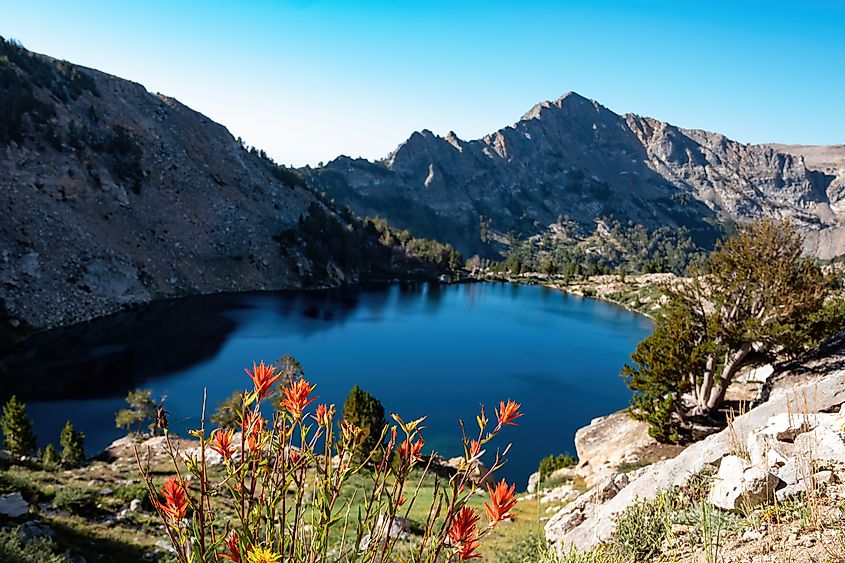
Highest Point: Ruby Dome (11,387 ft)
Region: Northeastern Nevada
Nicknamed the "Swiss Alps of Nevada," the Ruby Mountains are perhaps the most alpine-looking range in the Great Basin. Located near Elko, these peaks are known for their glacially carved valleys, sparkling lakes, and dramatic vertical relief.
Unlike the arid deserts Nevada is famous for, the Rubies offer lush meadows and high-altitude lakes such as Lamoille Lake, a favorite among backpackers. The 40-mile Ruby Crest Trail traverses the spine of the range and provides one of the most scenic multi-day hikes in the West.
Bighorn sheep, mountain goats, and even Himalayan snowcocks, an introduced species, can be spotted here. It is a true wildlife hotspot.
Chuska Mountains, Arizona and New Mexico
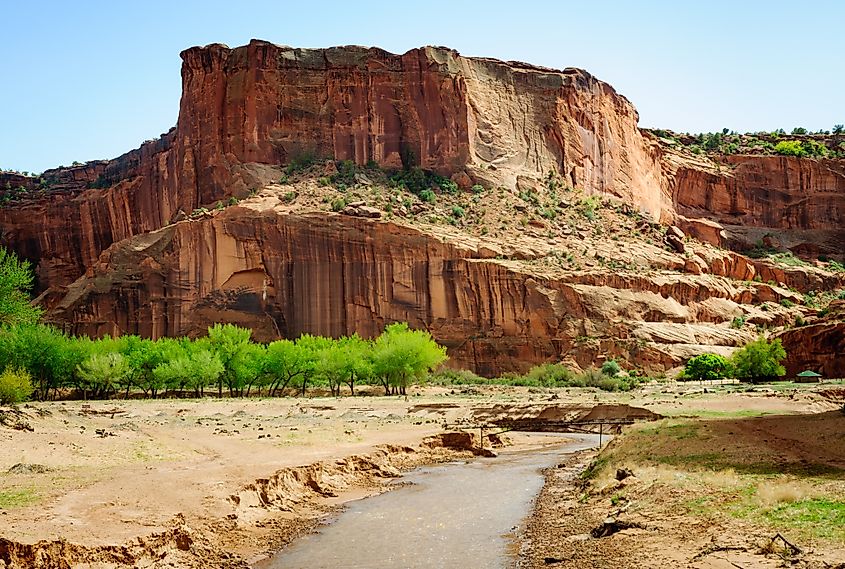
Highest Point: Roof Butte (9,787 ft)
Region: Navajo Nation
The Chuska Mountains run along the Arizona-New Mexico border and are sacred to the Navajo people. These mountains receive more rainfall than the surrounding desert, making them an oasis of ponderosa pines, aspens, and lush meadows.
The Chuskas remain largely undeveloped and are rarely visited by outsiders. Access is often limited and the roads can be rugged, but the reward is a glimpse into one of the most untouched corners of the American Southwest.
The range feeds vital watersheds like the Chuska Runoff, which sustain agriculture and ecosystems on the Navajo Nation.
Big Hatchet Mountains, New Mexico
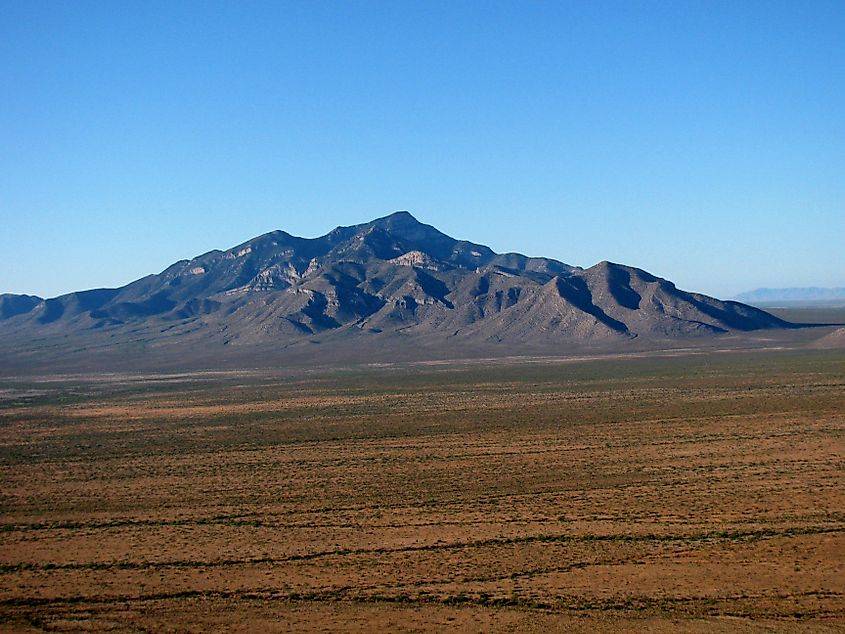
Highest Point: Big Hatchet Peak (8,366 ft)
Region: Near the Mexico border
Part of the remote bootheel of New Mexico, the Big Hatchet Mountains rise sharply from the surrounding desert, creating a stark skyline visible for miles. This isolated range is part of the Chihuahuan Desert ecosystem and is nearly inaccessible without four-wheel drive and solid backcountry skills.
Because of its remoteness, the area is a haven for desert wildlife and is especially significant for raptors, including golden eagles and peregrine falcons. Hikers who make the trek will find few trails but abundant solitude. This range is one of the least-visited mountain areas in the continental United States. It is a place of dark skies, no crowds, and complete silence.
Gros Ventre Range, Wyoming
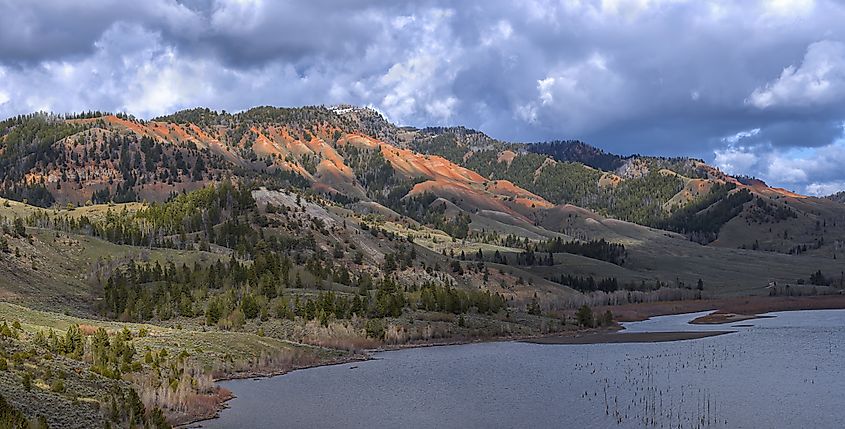
Highest Point: Doubletop Peak (11,720 ft)
Region: West-central Wyoming
While the nearby Tetons steal the spotlight, the Gros Ventre Range (pronounced grow-vont) sits just to the east and offers equally stunning terrain without the traffic. This rugged range is filled with granite peaks, alpine lakes, and deep, winding canyons.
Much of the range lies within the Gros Ventre Wilderness, with miles of trails that lead to backcountry fishing spots, high-elevation meadows, and ridgeline views that rival anything in Jackson Hole.
Fun Fact: The 1925 Gros Ventre landslide, one of the largest in United States history, created Lower Slide Lake, now a surreal geological site and hiking destination.
Turtle Mountains, California

Highest Point: Turtle Mountain (4,331 ft)
Region: Eastern California near the Arizona border
The Turtle Mountains lie in the California desert, near the Colorado River, and are part of the Mojave Trails National Monument. Though relatively low in elevation, the range is filled with otherworldly rock formations, volcanic mesas, and desert wildlife. The area is also rich in obsidian and ancient lava flows.
This is a hiker’s and photographer’s paradise, especially for those interested in geology. You are more likely to see a bighorn sheep than another person out here.
Talkeetna Mountains, Alaska
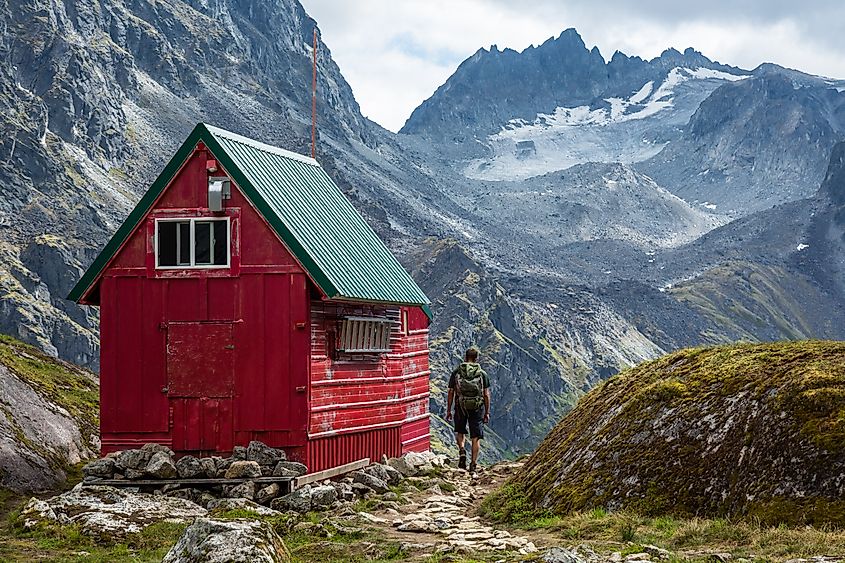
Highest Point: Sovereign Mountain (8,849 ft)
Region: Southcentral Alaska
North of Anchorage, the Talkeetna Mountains are often overshadowed by the Alaska and Chugach ranges. Yet they are every bit as wild. Home to broad tundra valleys, granite spires, and alpine glaciers, this range feels like true frontier country.
The Hatcher Pass area is the most accessible portion of the range and offers alpine hiking, remnants of gold mining towns, and panoramic mountain views. Farther north, the Talkeetnas become remote and rugged, best suited for experienced wilderness trekkers.
Why These Mountains Matter More Than You Think
The United States is filled with mountain ranges that rarely make it onto bucket lists or Instagram feeds. That is exactly what makes them so appealing. These hidden ranges offer more than just scenery. They offer quiet, mystery, and a connection to landscapes that remain mostly unchanged by human hands.
In an age of overcrowded parks and overtourism, finding your own piece of wilderness is more valuable than ever. These lesser-known mountains are not just travel alternatives. They are destinations that remind us of what real adventure feels like.
Quick List: Hidden Mountain Ranges at a Glance
| Range | State(s) | Highest Peak | Why Go? |
|---|---|---|---|
| Pine Valley Mountains | Utah | Signal Peak | Volcanic origin and alpine scenery |
| Tushar Mountains | Utah | Delano Peak | High elevation and wildflower meadows |
| Cabinet Mountains | MT, ID | Snowshoe Peak | Glacial lakes and remote wilderness |
| Gila Mountains | New Mexico | Whitewater Baldy | Rich history and hot springs |
| Ruby Mountains | Nevada | Ruby Dome | Alpine beauty and Ruby Crest Trail |
| Chuska Mountains | AZ, NM | Roof Butte | Sacred land and lush pine forests |
| Big Hatchet Mountains | New Mexico | Big Hatchet Peak | Extreme isolation and desert peaks |
| Gros Ventre Range | Wyoming | Doubletop Peak | Underrated neighbor to the Tetons |
| Turtle Mountains | California | Turtle Mountain | Volcanic mesas and rare desert solitude |
| Talkeetna Mountains | Alaska | Sovereign Mountain | Gold rush history and wild alpine views |




